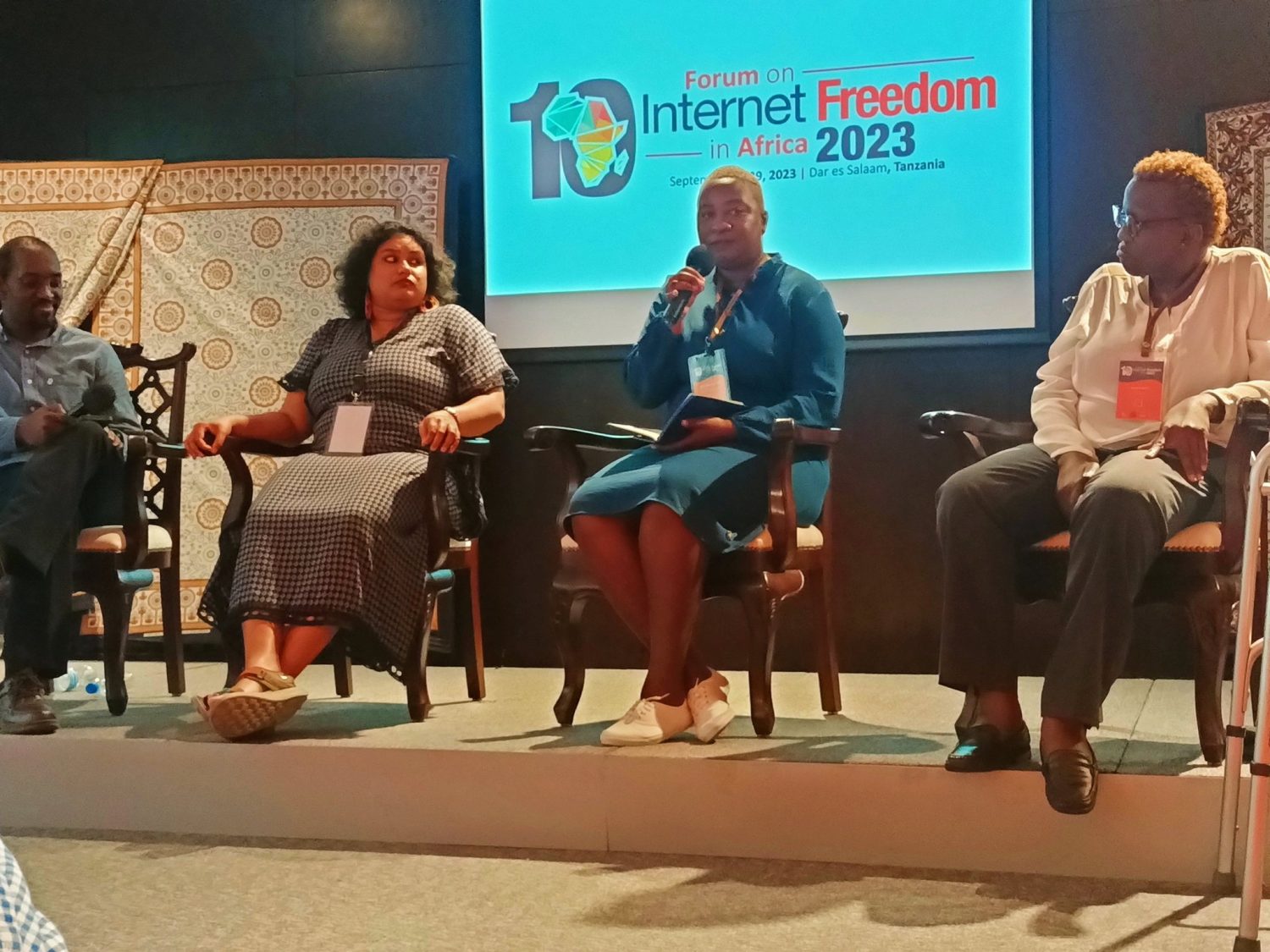One undeniable benefit of technology is the ability to open opportunities to participate more actively in society. Access to information, education, medical care, business opportunities, and so on is better for people who can access technology. There have been persistent calls and corresponding efforts for the inclusivity of the technology that disseminates public goods and services. Efforts have certainly been made for digital accessibility, so a panel of experts working in disability had a weigh-in during the just-concluded FIFA in Tanzania.
Accessibility means different things across the disability spectrum, as each individual has different needs due to their disability. Raashi Saxena, a senior strategy consultant and trainer with the Accessibility Lab in India said that disability changes with the different landscapes in different communities around the world.
An Accessibility Standard
So far, the Web Content Accessibility Guidelines (WCAG) are the technical standards that stakeholders are using to improve digital access and navigation for persons with disabilities. There haven’t been many personalized accessibility standards by most of the programs that are working on enhancing digitization. In this case, as far as new technical standards are concerned, we are only implementing the global WCAG standards every time there is an attempt at digital accessibility.
The WCAG standards were developed and continue to be updated by a body of stakeholders in disability organizations, government, accessibility research organizations, and industry practitioners. During the session, Raashi posed a question about the implementation of the WCAG. How do we know whether they are robust and easily understandable by people who have different needs? This is where regular accessibility assessments come in to assess the health of the digital tool that’s been built.
Organizations disseminating digital tools are encouraged not to use accessibility as a corporate social responsibility (CSR) initiative. It should be the norm that your products can be navigated by everyone regardless of their ability. Judy Okite, KICTANet’s consultant on the ICT Access and Equality program was on the panel and talked about how the approach to physical accessibility is similar to the prevailing attitudes about digital accessibility.
Not Digital Citizens
Samantha Sibanda, founder of Signs of Hope Trust in Zimbabwe told the panel that a lot had been done concerning challenges of accessibility in Zimbabwe. However, she reveals that the biggest setback remains access for the 73% of persons with disabilities who live in rural Zimbabwe. Samantha said that there isn’t much development of internet infrastructure in Zimbabwe. As a result, the persons with disabilities in rural Zimbabwe are not online.
The issue of data privacy and protection for persons with disabilities also came up. When accessibility provisions are not sufficient, a third party is usually involved to help. There is a risk to a person’s data as well as an element of controlling the kind of information an individual who relies on this assistance consumes. No accessibility for persons with disabilities therefore translates to a lack of freedom and privacy in consumption of whatever content they want on the internet.
Accessibility in Community Centres
One way of overcoming the low deployment of communication and internet infrastructure in rural and underdeveloped urban areas is via community networks. A community network is a communication infrastructure set up and operated by a geographical community to meet its communication needs and enhance activities contributing to its growth and development. The networks are also a good way to provide internet access to persons with disabilities; the majority of whom end up living in rural areas.
In Zimbabwe, Samantha said that the government put in place Community Information Centres. People can go and get access to the Internet for free or at lesser charges. However, she cited a study conducted by one of the Media Institute of Southern Africa in her country. The research found that the spaces are not accessible to persons with disabilities. So there is an effort needed as well in the communal centres to rectify this. Availing assistive technology is one way of going about it.
In Kenya, there are a number of community networks and KICTANet is making efforts to build the capacity of the custodians on accessibility to cater to their users with disabilities.
Lawsuits and Policies
A good deal of accessibility legislation we enjoy today has been reactive. Usually, someone sues a corporation or an institution for millions so that they can incorporate elements of accessibility on their platforms. The lawsuits have mostly happened in the Global South, but a case can be made for the fact that most of the accessibility software we use originates from the West. The benefits have trickled down to the rest of persons with disabilities in other parts of the world.
One effective way of shifting the way everyone approaches digital accessibility is at the policy level. The legislative system for accessibility violations has improved things in the EU and the United States. Non-compliance with the European Accessibility Act (EAA) and the Americans with Disabilities Act (ADA) attracts heavy fines and costly site modifications. While penalties may seem punitive, they have encouraged better results and a culture of accessibility that promotes the autonomy of persons with disabilities.
KICTANet’s Remarks
The most effective change is happening at the policy level, and training on e-public participation via inclusive civic technology is one way that civil societies like KICTANet have been putting effort into making this process inclusive. Policy inputs by more persons with disabilities can be encouraged by e-participation in governance processes. But first, accessibility.
![]()




